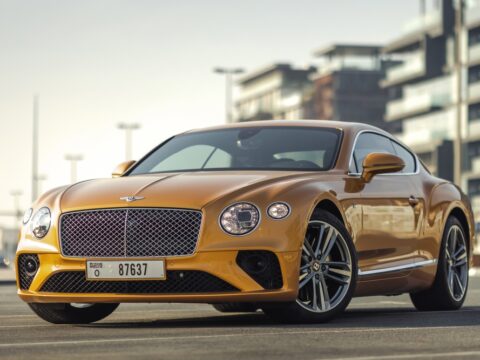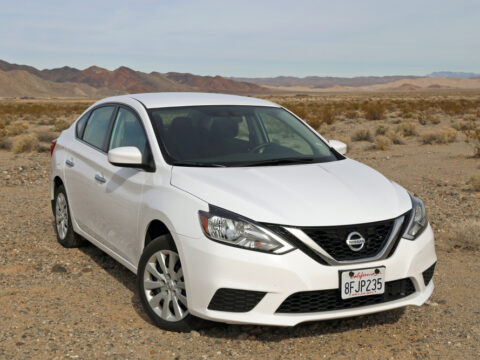Some cars go beyond their role as vehicles, becoming symbols of an era, a lifestyle, or even a nation. In this article, we’ll explore 20 sports cars that have not only set benchmarks in performance and design but have also become cultural icons. These cars have left an indelible mark on the automotive world and continue to inspire admiration and passion around the globe.
Contents
Porsche 911
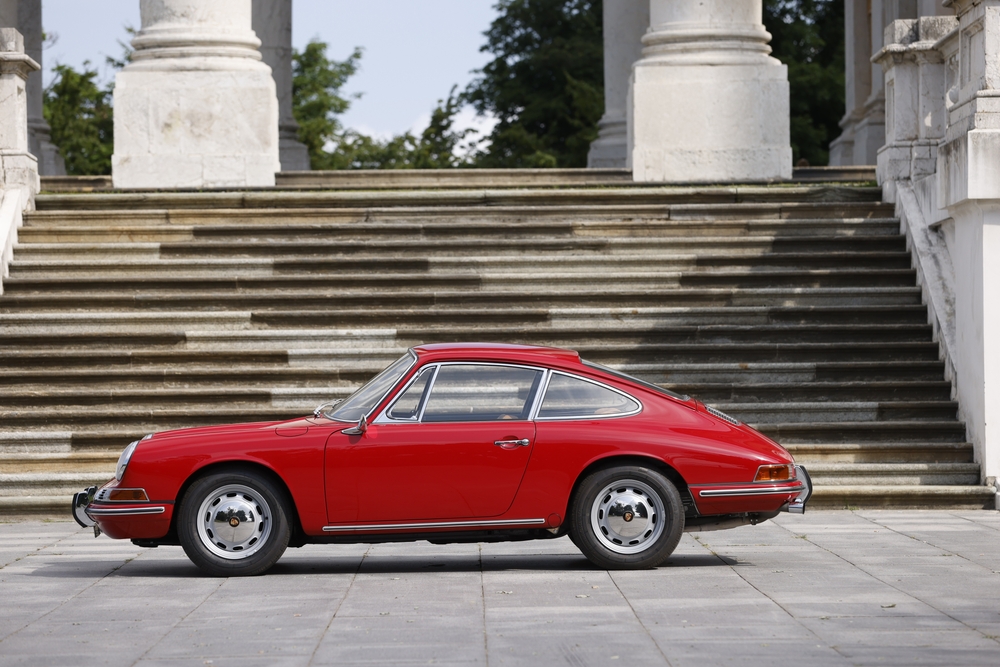
Since its debut in 1964, the Porsche 911 has stood as a symbol of engineering excellence and timeless design. The car’s unique rear-engine layout, coupled with its unmistakable silhouette, has made it instantly recognizable. Over the decades, the 911 has evolved while retaining its core identity, cementing its place in automotive history. With numerous racing victories and a loyal following, the 911 is more than just a car—it’s a cultural icon.
Ford Mustang
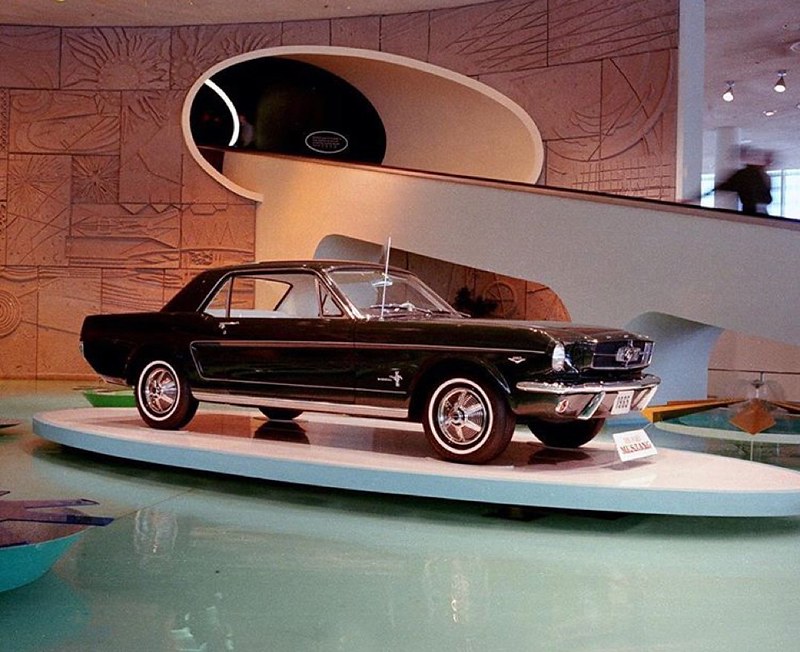
Launched in 1964, the Ford Mustang quickly captured the American spirit with its blend of power and affordability. This muscle car’s V8 engine and aggressive styling resonated with a broad audience, making it an instant classic. Iconic film appearances, such as in Bullitt and Gone in 60 Seconds, only heightened its status. Decades later, the Mustang remains a symbol of American automotive culture and the muscle car era.
Chevrolet Corvette
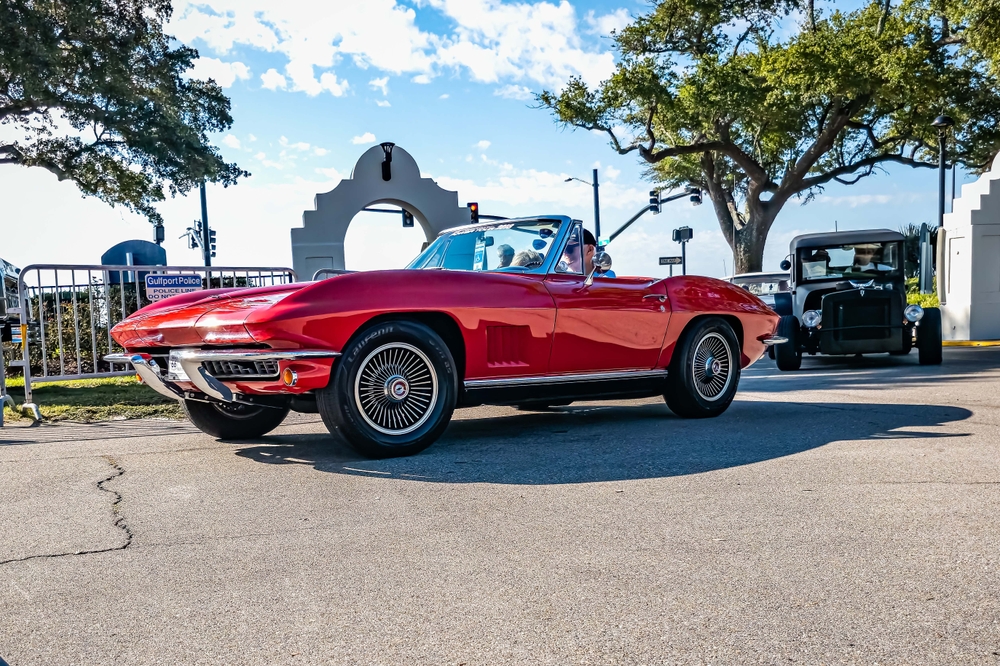
Often dubbed “America’s Sports Car,” the Chevrolet Corvette has been a hallmark of performance and innovation since 1953. Its sleek design and powerful V8 engine endeared it to enthusiasts, helping it to become an American icon. The Corvette’s presence in movies, TV shows, and popular culture has only enhanced its legendary status. Over eight generations, the Corvette continues to symbolize American excellence in automotive design.
Ferrari 250 GTO

Produced between 1962 and 1964, the Ferrari 250 GTO is revered as one of the most iconic sports cars in history. Its combination of breathtaking design, outstanding performance, and racing pedigree made it a standout in the 1960s. With only 36 units ever made, the 250 GTO has become one of the most valuable and sought-after cars in the world. Its rarity and success on the track have made it an automotive legend.
Lamborghini Miura
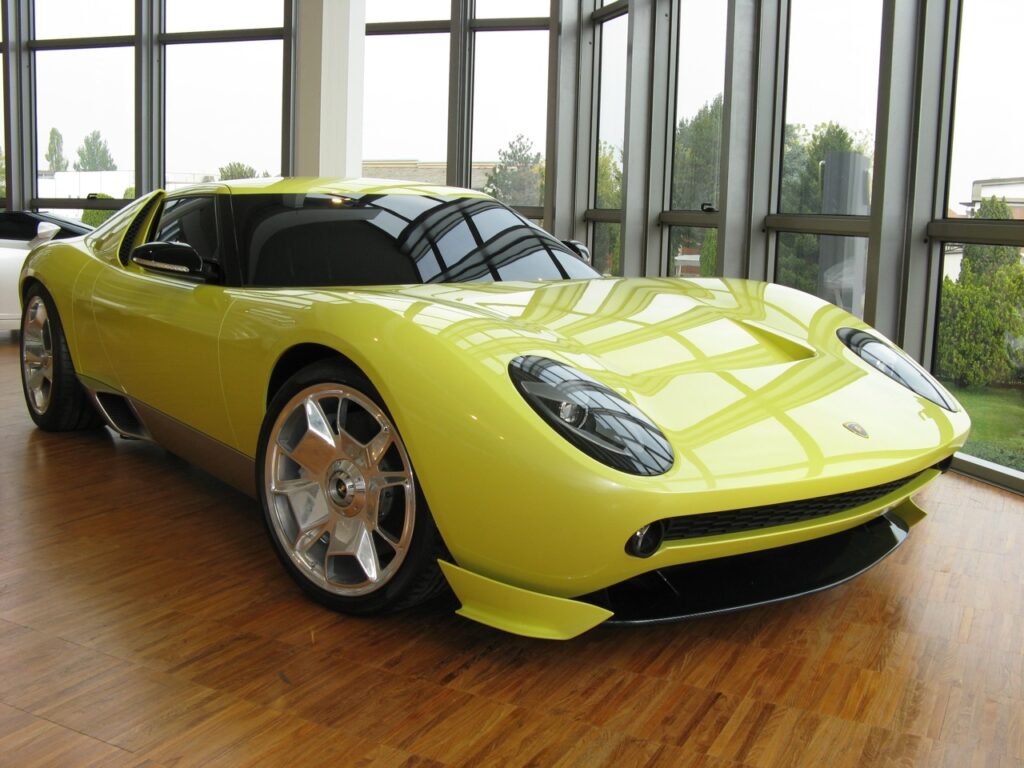
Introduced in 1966, the Lamborghini Miura is widely credited with creating the supercar segment. Its mid-engine layout and groundbreaking design were revolutionary, setting the standard for high-performance sports cars. The Miura’s influence on automotive design, combined with its association with the glamour of the 1960s, made it an instant icon. Today, it is celebrated as one of the most beautiful and influential cars ever built.
Aston Martin DB5
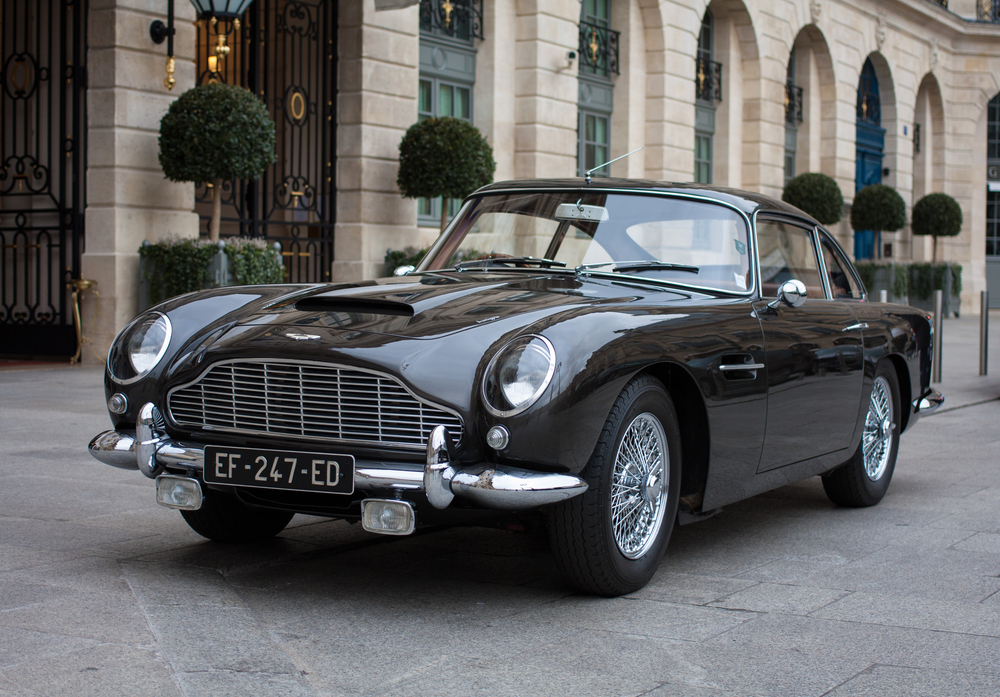
The Aston Martin DB5 achieved cultural immortality as James Bond’s car in Goldfinger (1964). This association with one of cinema’s most enduring characters propelled the DB5 into the limelight. Beyond its film fame, the DB5 is a masterpiece of British engineering, blending luxury with performance. Its timeless design and connection to the Bond franchise have made it a lasting symbol of elegance and sophistication.
Jaguar E-Type
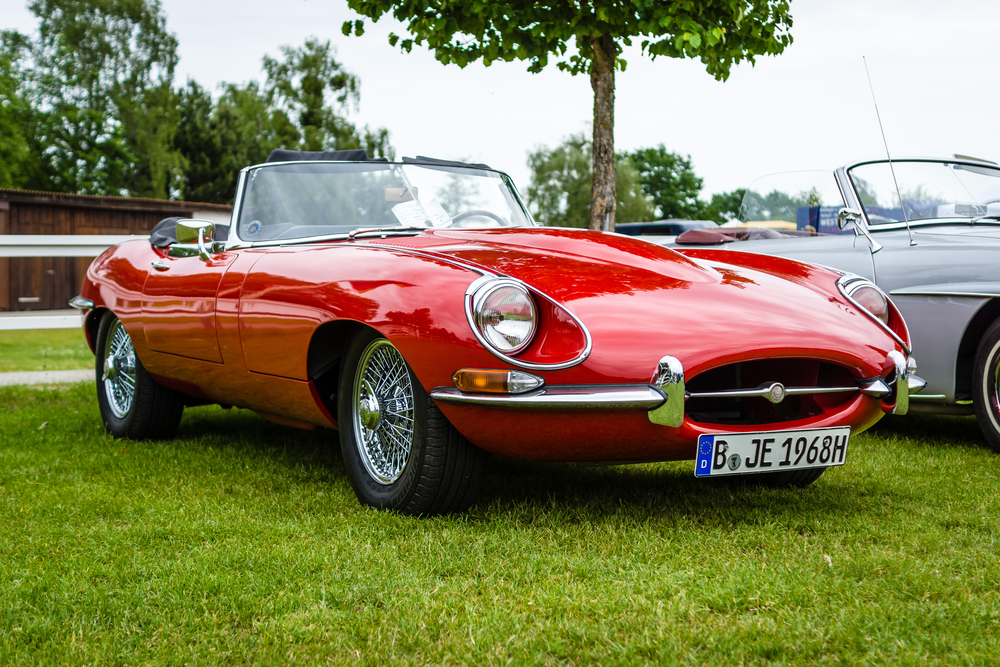
When the Jaguar E-Type was launched in 1961, it was hailed by Enzo Ferrari as “the most beautiful car ever made.” Its long hood, sleek lines, and impressive performance captured the imagination of car enthusiasts worldwide. The E-Type’s impact on sports car design and its representation of 1960s British automotive excellence secured its place in history.
Mazda MX-5 Miata
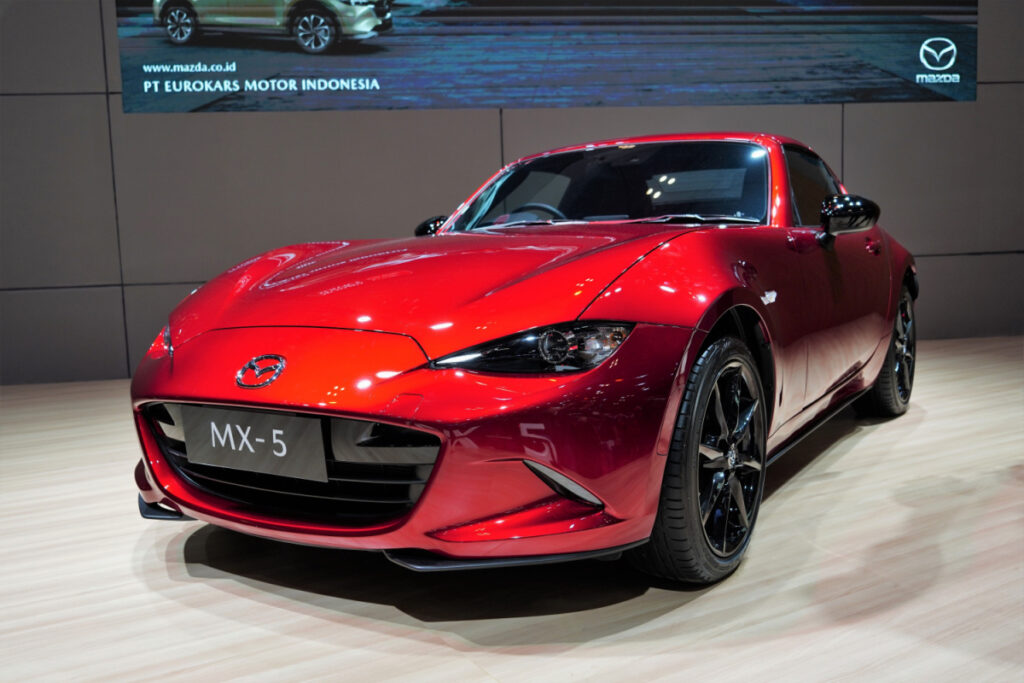
The Mazda MX-5 Miata, introduced in 1989, revived the lightweight, affordable sports car market with a modern twist. Drawing inspiration from classic British roadsters, the Miata offered reliability and a thrilling driving experience, quickly becoming a global phenomenon. Its combination of accessibility and fun-to-drive nature earned it a massive following. As the best-selling two-seater sports car in history, the Miata is a modern icon in its own right.
Nissan GT-R
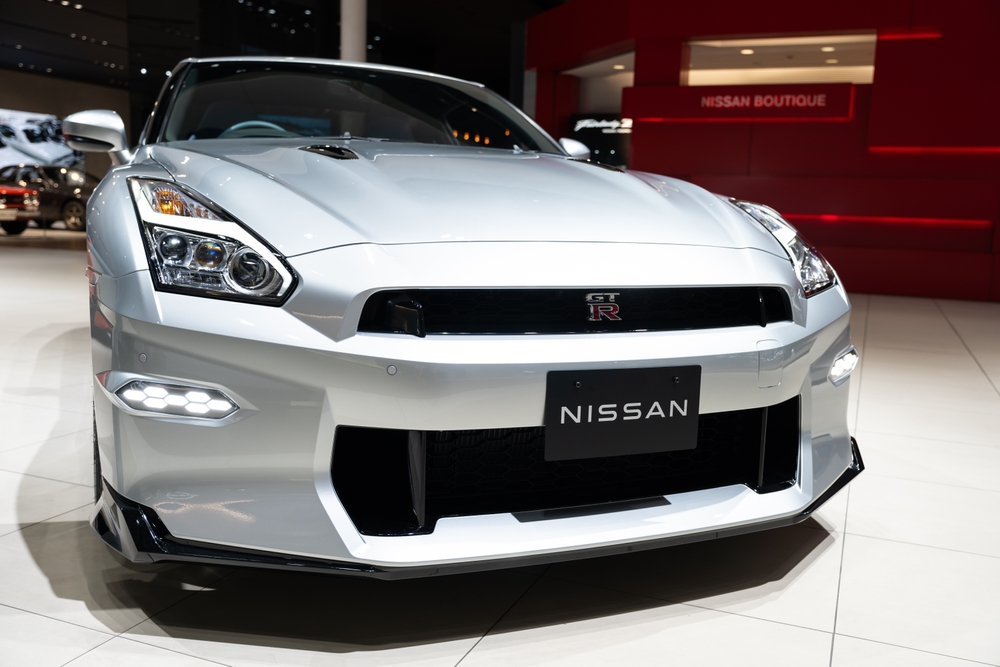
The Nissan GT-R, particularly in its R32 to R34 iterations, earned the nickname “Godzilla” for its dominance on both the streets and the track. Equipped with an advanced all-wheel-drive system and a twin-turbocharged engine, the GT-R was a force to be reckoned with in motorsports. Its prominent role in video games and movies, especially the Fast & Furious franchise, solidified its status as a cultural icon. The GT-R continues to represent the pinnacle of Japanese engineering and performance.
Shelby Cobra
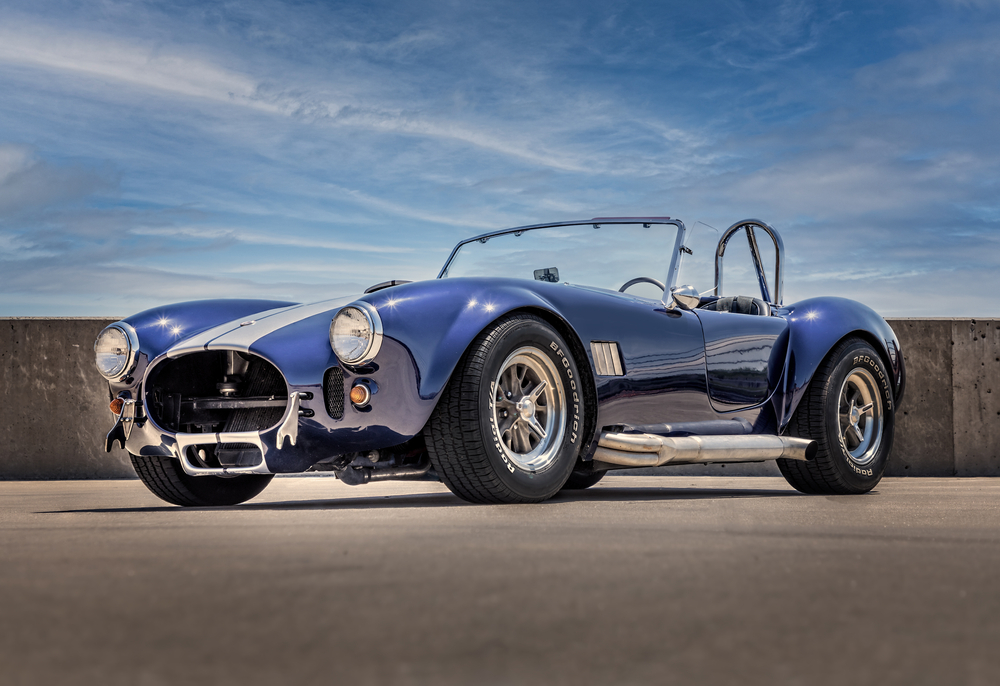
The Shelby Cobra, born from the collaboration between Carroll Shelby and AC Cars, became an American legend in the 1960s. With a lightweight British chassis and a powerful American V8 engine, the Cobra dominated on the track and the road. Its aggressive styling and racing success, particularly against Ferrari in the FIA GT Championship, cemented its reputation.
BMW M3 (E30)
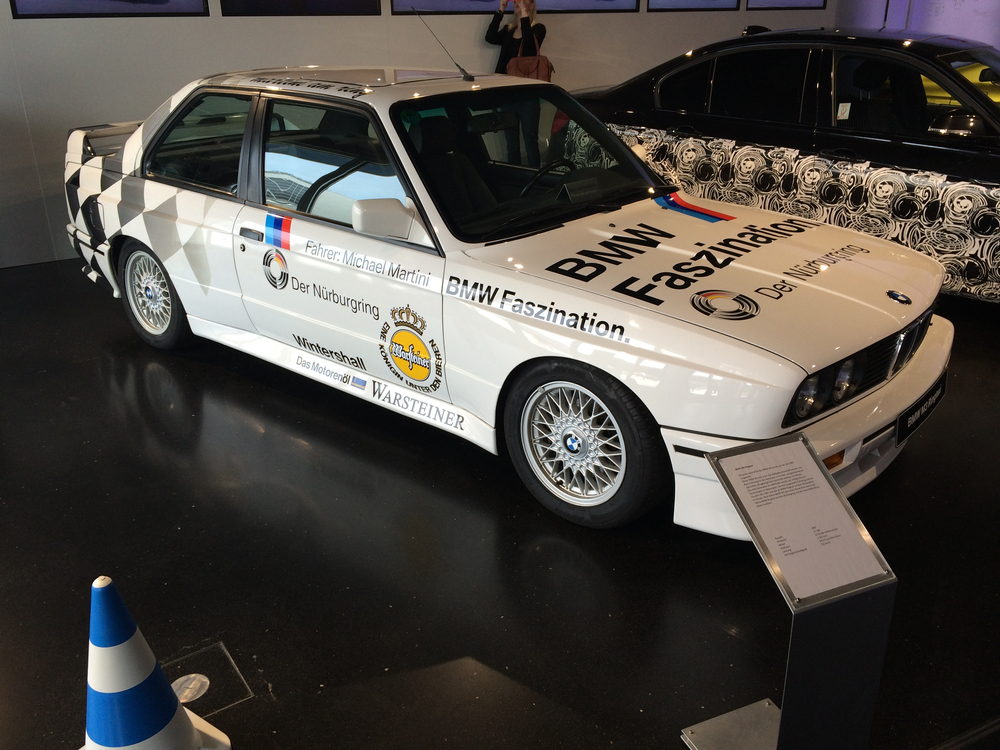
The BMW M3 (E30), introduced in the mid-1980s, set the standard for performance sedans. Its perfect blend of power, handling, and everyday usability made it a favorite among driving enthusiasts. The E30 M3’s dominance in touring car racing further enhanced its reputation. Today, it is celebrated as one of BMW’s most iconic models, embodying the brand’s commitment to driving excellence.
Toyota Supra (MK4)
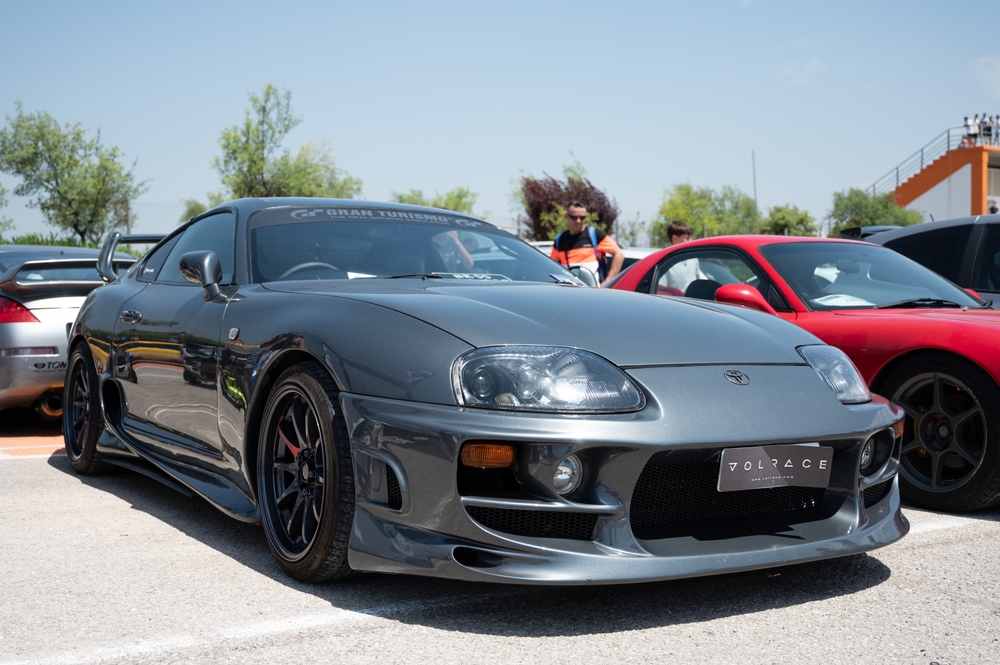
The Toyota Supra MK4, produced from 1993 to 2002, became an icon largely due to its legendary 2JZ-GTE engine. Known for its ability to handle massive amounts of power, the Supra became a favorite among tuners and enthusiasts. Its starring role in The Fast and the Furious franchise only added to its mystique. The Supra’s combination of Japanese engineering and tuning potential has made it a symbol of the JDM (Japanese Domestic Market) culture.
Chevrolet Camaro
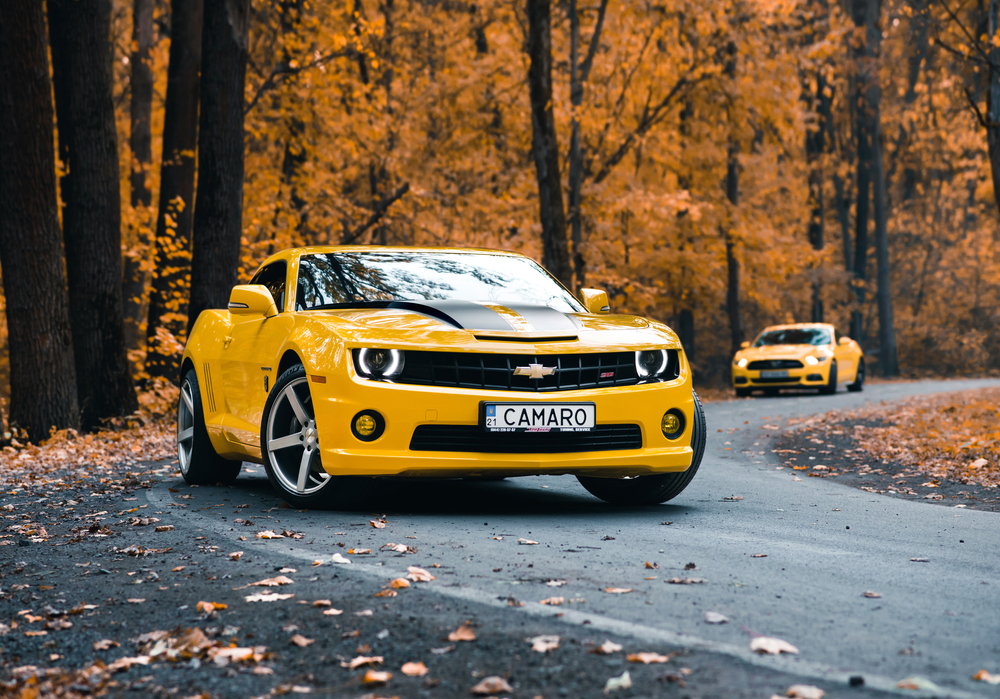
The Chevrolet Camaro, launched in 1966, quickly became GM’s answer to the Ford Mustang, entering the muscle car wars with a bang. With its aggressive styling and powerful engines, the Camaro captured the essence of American performance. Its appearances in pop culture, from movies to music, have kept the Camaro in the public eye for over fifty years.
Lotus Elise

The Lotus Elise, introduced in 1996, perfectly embodied Colin Chapman’s philosophy of “adding lightness.” With its minimalist design and focus on agility rather than outright power, the Elise quickly became a favorite among driving purists. The car’s success not only revived the Lotus brand but also demonstrated the enduring appeal of lightweight, nimble sports cars.
Dodge Viper

Unveiled in 1992, the Dodge Viper was a raw, unfiltered American supercar that left a lasting impression on the automotive world. Its massive V10 engine and brutal performance made it a beast both on the road and the track. With its bold design and uncompromising nature, the Viper became a symbol of American power and excess.
Audi Quattro
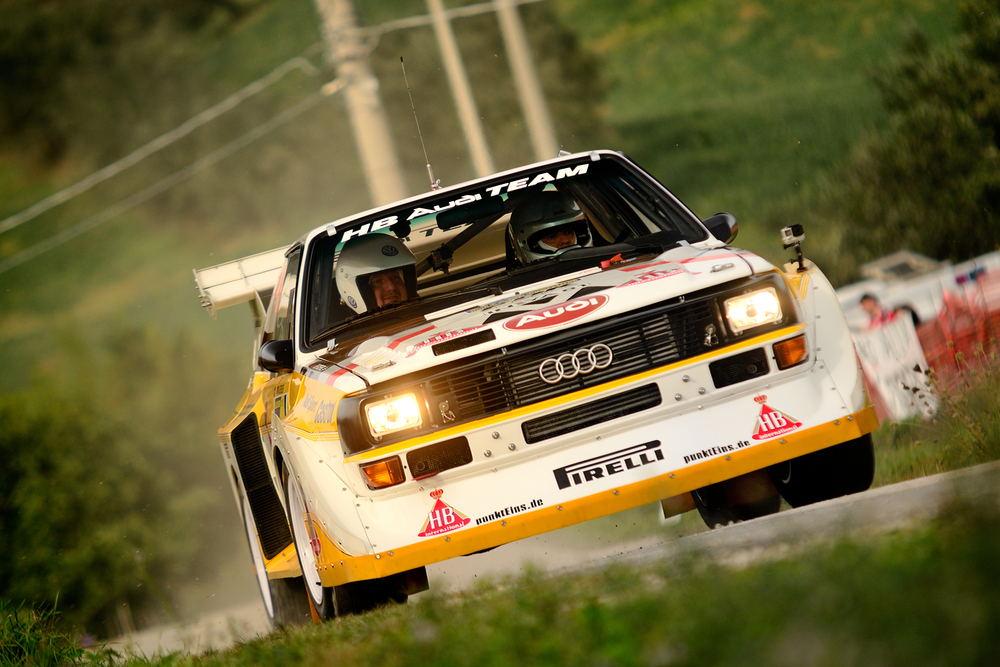
The Audi Quattro, launched in 1980, revolutionized rallying with its groundbreaking all-wheel-drive system. Its dominance on the rally stages, where it outperformed the competition, helped establish Audi’s reputation for engineering excellence. Beyond motorsports, the Quattro paved the way for the widespread adoption of all-wheel drive in high-performance road cars. Today, it is remembered as a game-changer that left an indelible mark on the automotive world.
Acura NSX
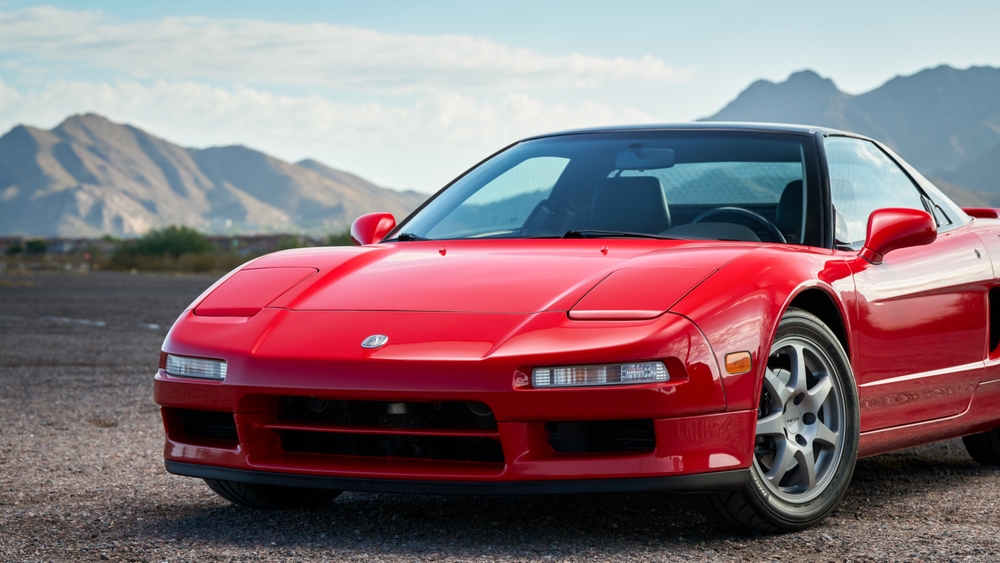
The Acura NSX, introduced in 1990, was Japan’s answer to the European supercars of the time. With input from Ayrton Senna, the NSX combined exotic looks with everyday usability, challenging the notion that supercars had to be impractical. Its advanced technology and reliability made it a favorite among enthusiasts and set a new standard for performance cars.
DeLorean DMC-12
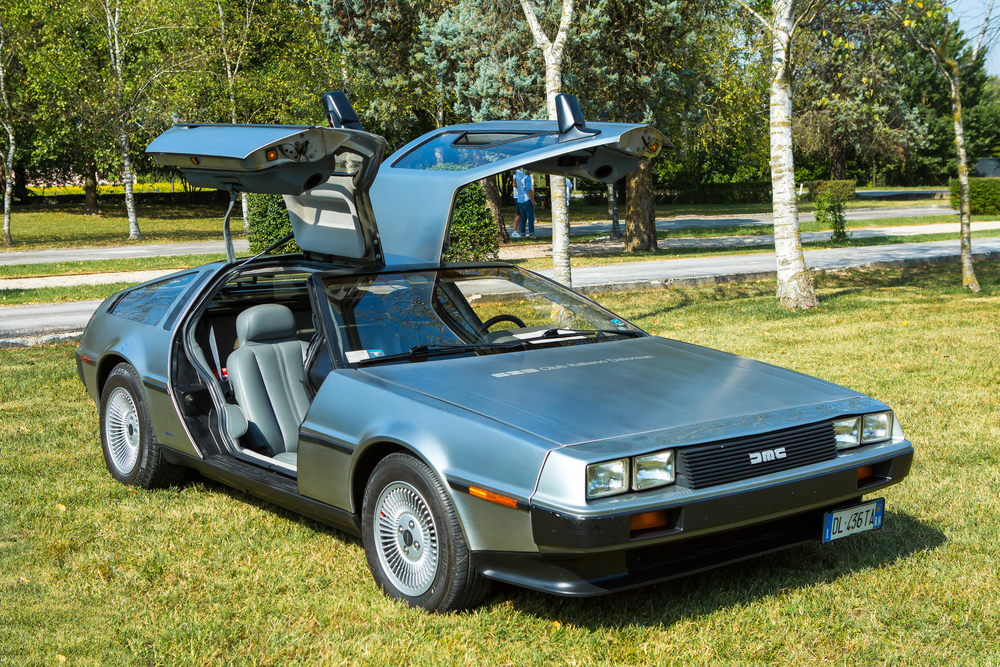
The DeLorean DMC-12 became a cultural phenomenon, thanks in large part to its role in the Back to the Future trilogy. Although the car faced challenges in production and performance, its futuristic design, highlighted by gull-wing doors and a stainless steel body, made it a visual standout. The DeLorean’s association with time travel and pop culture has ensured its place in automotive history.
Mercedes-Benz 300SL Gullwing
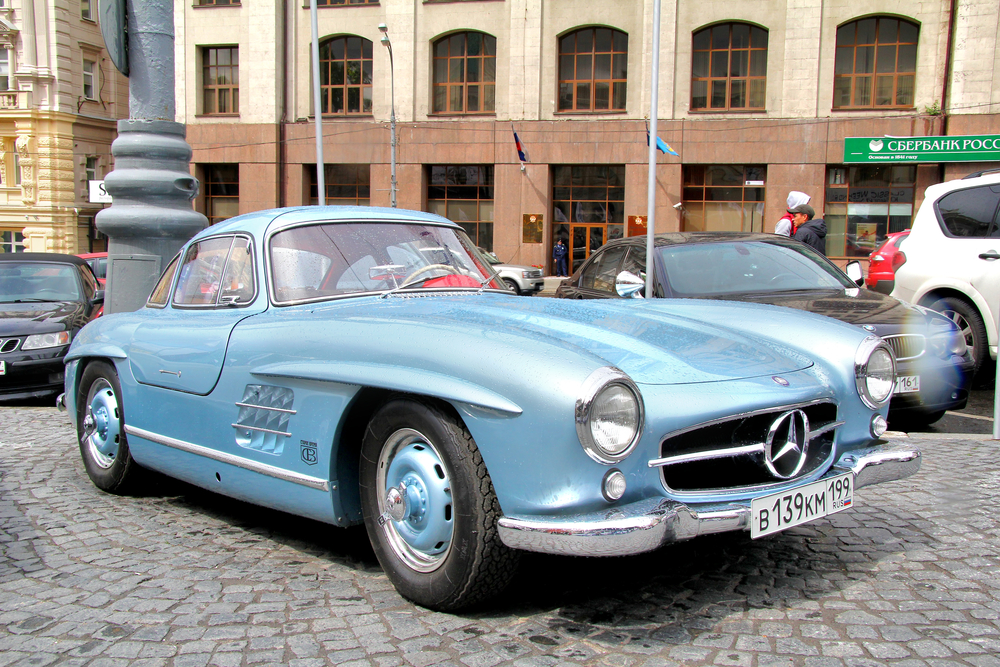
Introduced in 1954, the Mercedes-Benz 300SL Gullwing was a technological marvel, featuring fuel injection and its signature gull-wing doors. The car’s combination of cutting-edge engineering and stunning design made it one of the most desirable cars of its time. With a successful racing pedigree, including victories at Le Mans, the 300SL’s legend only grew.
Lancia Stratos
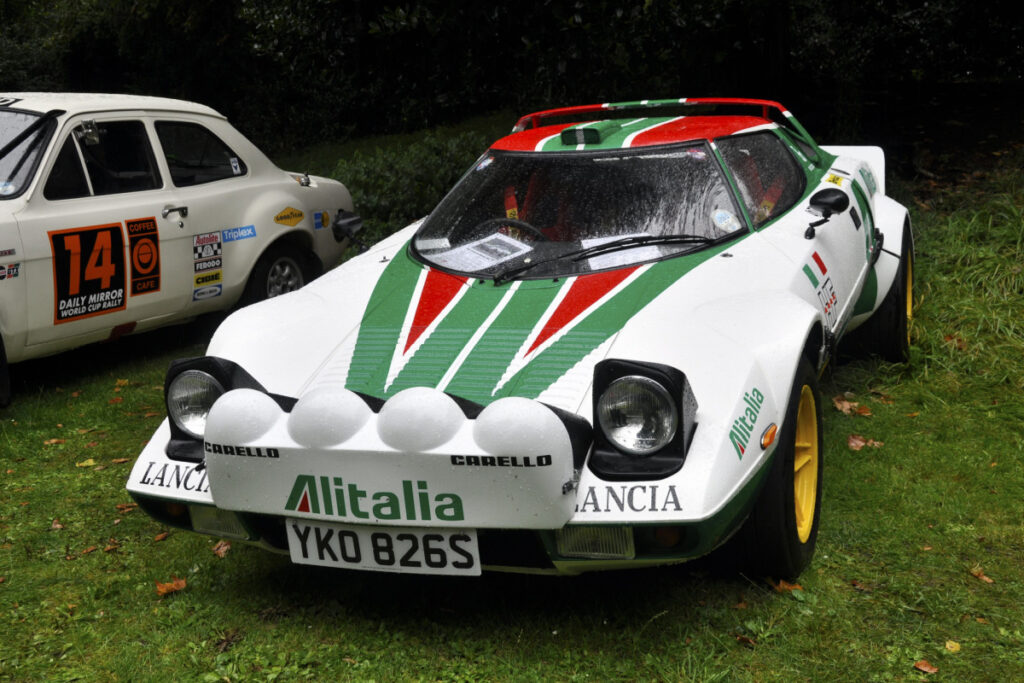
The Lancia Stratos, introduced in the 1970s, became a rallying legend with its striking wedge-shaped design and mid-engine layout. Dominating the World Rally Championship, the Stratos secured multiple titles and left a lasting impression on the motorsport world. Its success on the track, combined with its distinctive appearance, made it an icon of the rallying era.
This article originally appeared on MyCarMakesNoise.
More from MyCarMakesNoise

Fighter jets have come a long way since their early days, evolving with incredible advancements that push the limits of technology. From stealth capabilities to cutting-edge propulsion systems, these aircraft have integrated numerous innovations to stay ahead in modern warfare. Read More.
16 Antique Tractors Sought After by Collectors
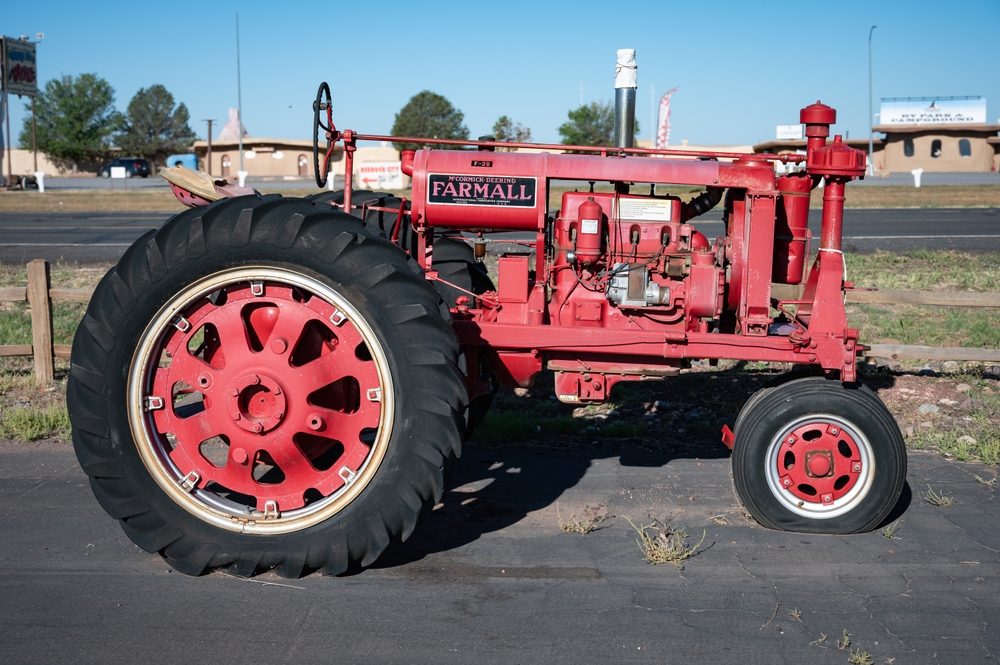
Antique tractors hold a special place in the hearts of collectors, combining history, innovation, and nostalgia. These machines not only revolutionized farming but also became symbols of agricultural heritage. Read More.
Honda’s 15 Most Reliable Cars and Their Contribution to Affordability
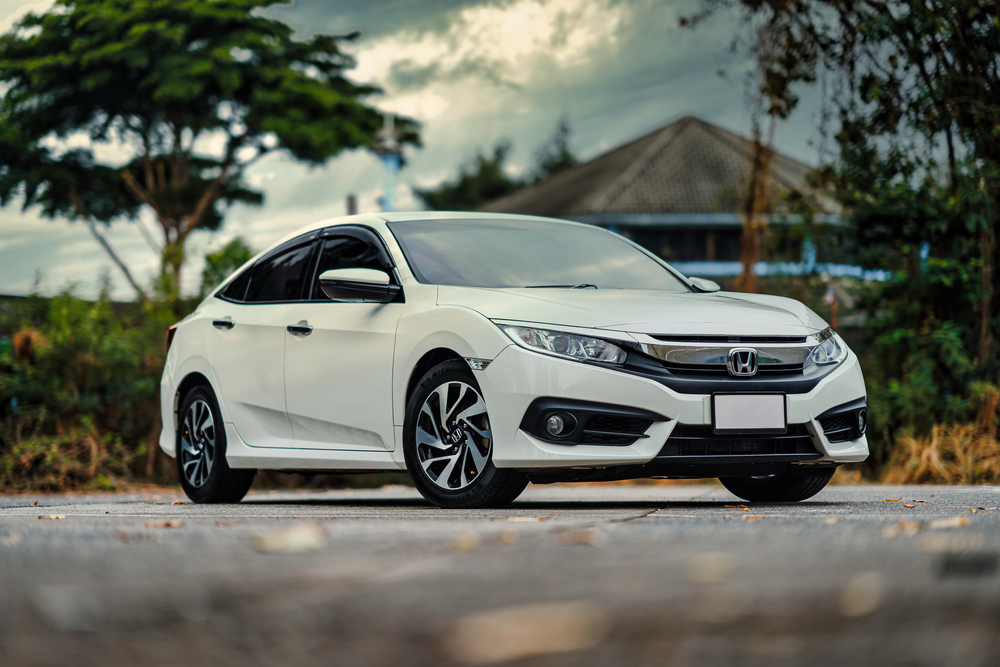
Honda is renowned for producing reliable cars that offer great value for money. In this article, we will explore 15 of Honda’s most dependable models and how they contribute to affordability. Read More.

